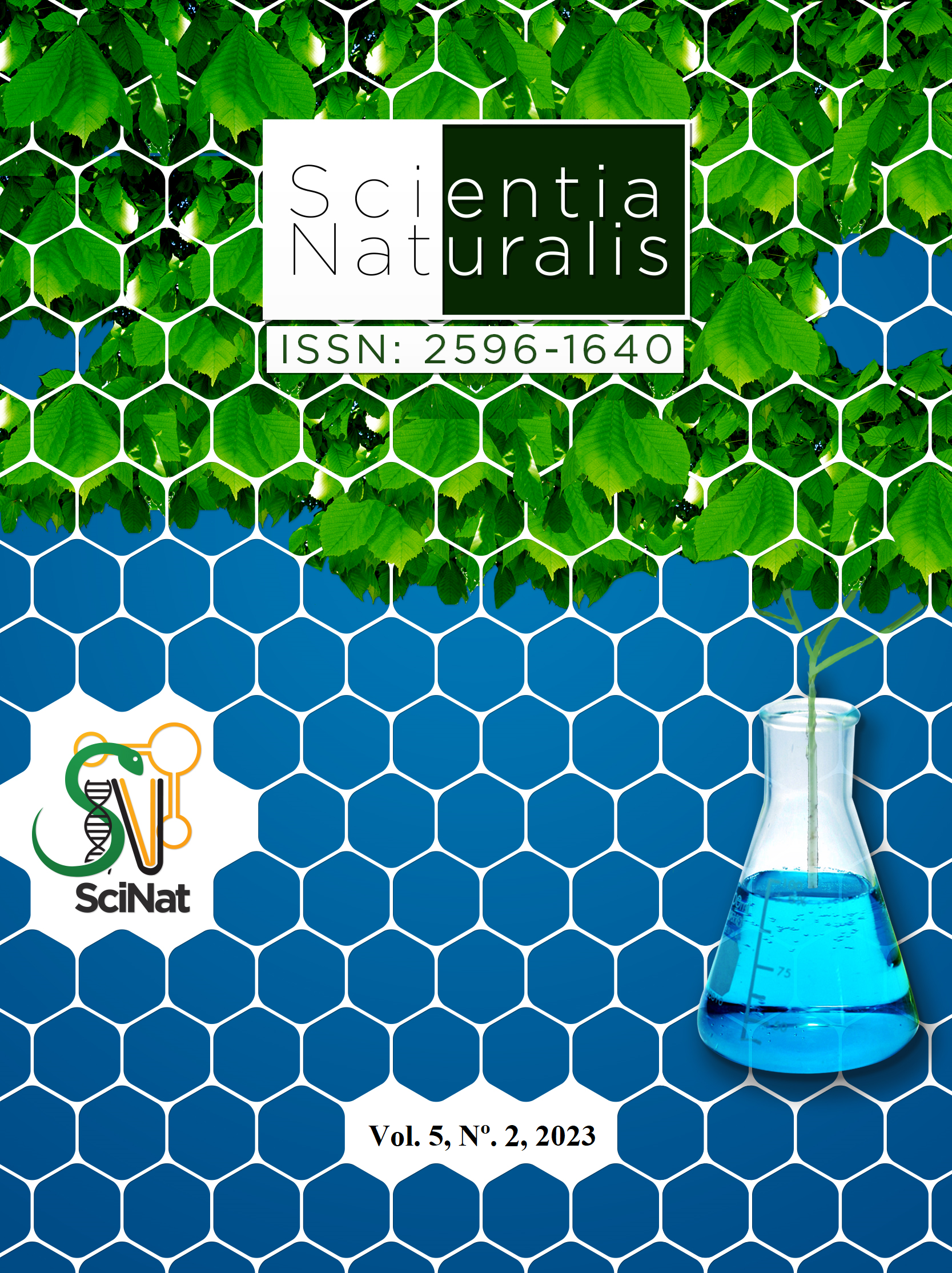Qualitative analysis of the afforestation of central squares in the city of Santarém-Pará
DOI:
https://doi.org/10.29327/269504.5.2-15Abstract
Urban afforestation brings numerous benefits not only with regard to the environment, but also to the population, quality of life and microclimate. The most visible benefits are beautification, generation of shadows, improvement of the microclimate and air quality in the city. In urban environments, adequate planning of afforestation in cities is necessary, as an important instrument to improve the quality of life of the population. The objective of this work was to carry out a qualitative inventory of the arboreal component of central squares in the municipality of Santarém, Pará. In the qualitative analysis, the viability of the species, stem quality, phytosanitary, superficiality of the roots, canopy density and the conditions of the electrical wiring were evaluated. Through the survey carried out, it was possible to register 227 individuals, distributed in 13 botanical families, 20 genera and 19 species. The most representative botanical families were the Fabaceae with (4) species and with the highest number of individuals was the Anacardiaceae family with (116). The species Mangifera indica L. (hose) obtained a prominence of (50.5%) among the species found as exotic. Most individuals showed a regular state of quality, with the exception of some specific cases where management practices are suggested.




